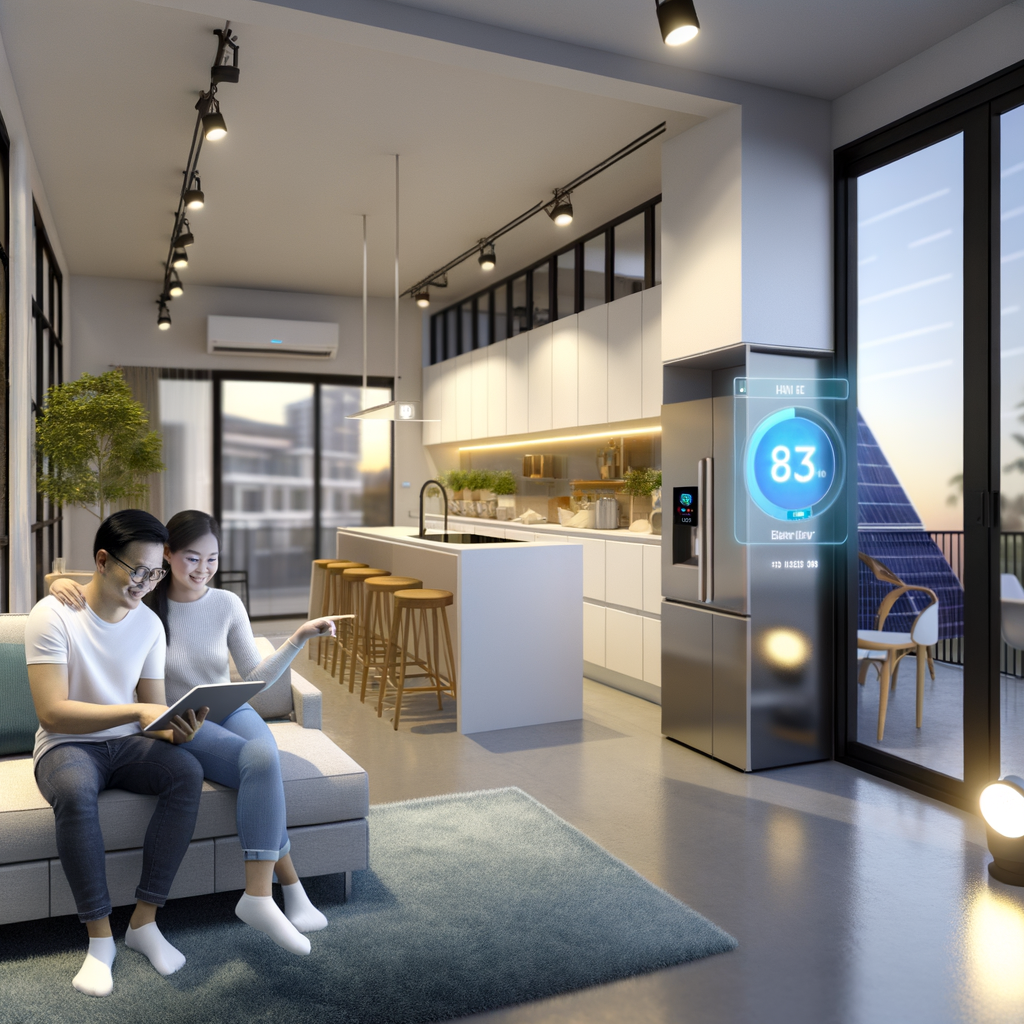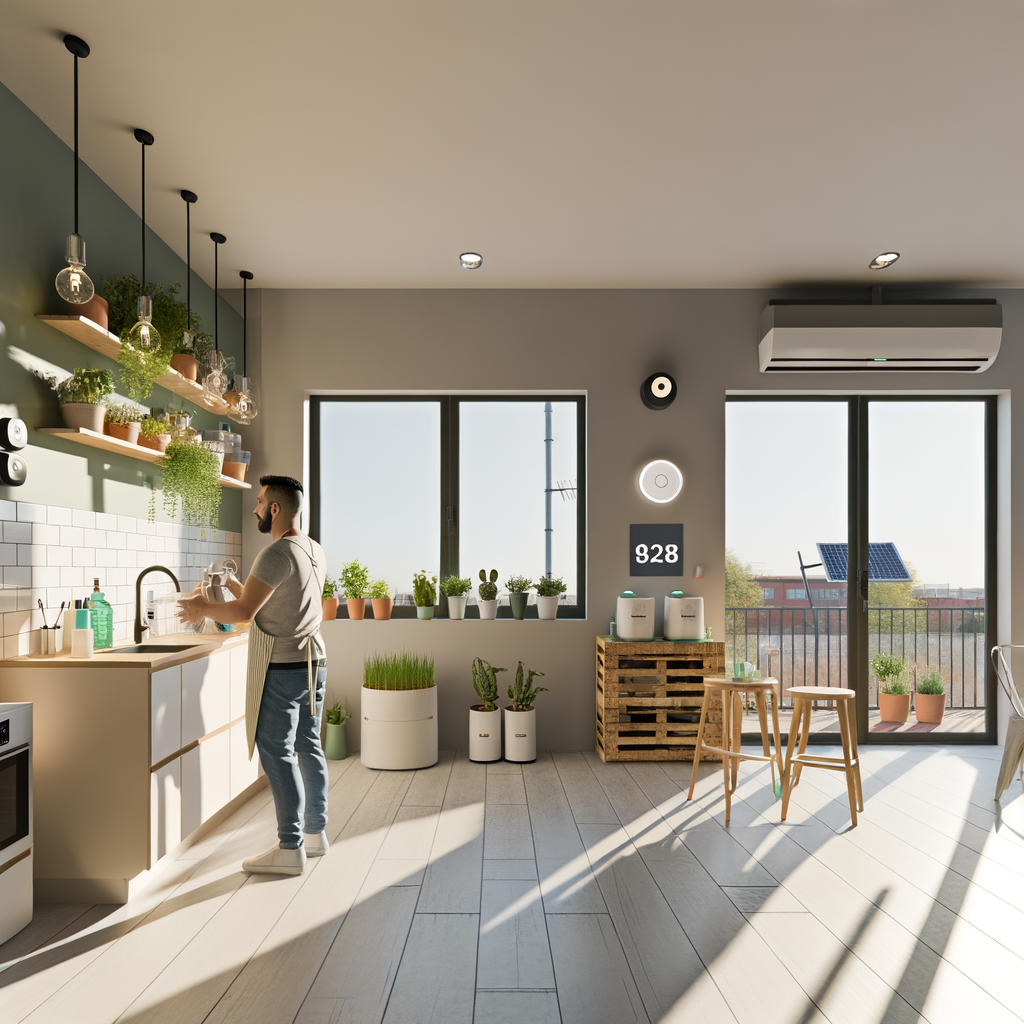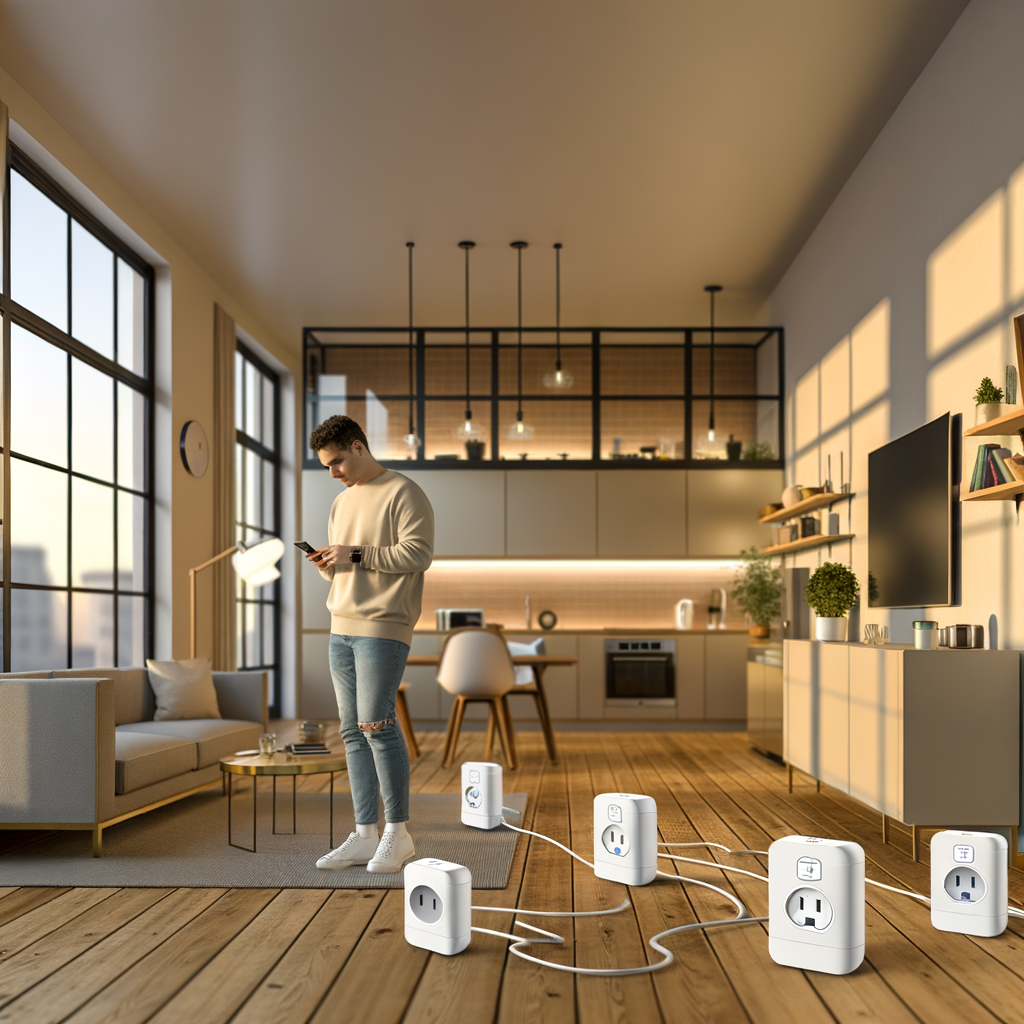Myth-Busting Smart Rentals: 5 Common Misconceptions About Energy Efficiency in Apartments Debunked
Whether you’re a seasoned renter or a first-timer, you’ve likely heard some myths about making your apartment eco-friendly. Specifically, energy efficiency in smart rentals—apartments outfitted with tech-savvy devices—often comes with its own set of rumors and misunderstandings. But what’s fact, what’s fiction, and, most importantly, how can you make informed, impactful choices as a renter?
Let’s dive into five common myths about energy efficiency in apartments and set the record straight with practical, actionable advice.
Myth #1: “Smart Devices Use More Energy Than They Save”
Smart thermostats, lights, and plugs are now typical in many modern apartments. But some renters worry that all this new tech is just another drain on their electricity bill.
Why This Myth Persists
- Extra devices mean more things plugged in, potentially adding “phantom load” (standby energy use).
- A lack of understanding about how smart tech manages efficiency.
- Confusion from marketing claims versus real-world performance.
The Truth About Smart Devices
Smart devices are designed to reduce overall energy consumption by optimizing your usage patterns—not increase it. Here’s how:
- Smart thermostats learn your routines and automatically adjust temperatures to save energy when you’re asleep or away.
- Smart lights and plugs can be scheduled or set to turn off when not in use, eliminating wasted power.
- App features and energy reports give you control and transparency, making it easier to identify usage spikes and cut back.
Actionable Advice
- Set up your devices to maximize auto-off schedules or occupancy sensors.
- Use apps to review usage patterns and tweak settings for better efficiency.
- Always update device firmware for the latest efficiency improvements.
Myth #2: “Renters Can’t Make a Big Impact on Energy Efficiency”
It’s a common belief that since renters can’t make structural changes, their actions don’t make much of a difference. But this simply isn’t true.
Why This Myth Is Wrong
- Modern apartments are full of opportunities for renters to make energy-efficient choices—no renovation required.
- Landlords are increasingly open to small upgrades that improve property value and tenant satisfaction.
Practical Ways Renters Can Boost Efficiency
- Use energy-efficient LED bulbs: Swap out incandescent bulbs for LEDs in lamp fixtures.
- Add weatherstripping: Apply removable strips to windows and doors to prevent drafts.
- Install smart plugs: Set schedules and remotely cut power to devices that don’t need to run 24/7.
- Seal gaps with draft stoppers: Use inexpensive door snakes at entryways.
- Leverage power strips: Unplug or turn off clusters of electronics (TV, console, router) with a single switch.
Tip: Many of these products are removable and can travel with you to your next apartment.
What to Ask Your Landlord
- Permission to install or swap lightbulbs, add weatherstripping, or use window film for better insulation.
- Opportunities for co-investing in larger upgrades (e.g., smart thermostats or low-flow fixtures).
Myth #3: “Energy Efficiency Only Matters During the Winter”
Energy efficiency is often seen as a “cold weather” issue, focused on heating bills. But the reality is, energy waste and savings happen year-round.
Summer Efficiency (and Beyond)
- Smart thermostats: Slash cooling costs by turning off A/C when you’re out and pre-cooling before you return.
- Window treatments: Use blackout curtains or thermal blinds to block summer heat.
- Ceiling fans: Reversible fans can push warm air down in winter and create a breeze in summer.
- Efficient appliances: Energy Star-rated fridges, washers, and dishwashers use less power year-round.
Seasonal Tips for All Renters
- Set your water heater to 120°F (49°C) in any season for energy savings and safety.
- Switch fans to rotate counter-clockwise in summer and clockwise in winter for best comfort and efficiency.
- Utilize cross-ventilation for natural cooling—open opposite windows when outdoor air is cooler.
Myth #4: “Smart Rentals Are Too Complicated for Tech-Novices”
“There’s no way I’d figure out a smart thermostat!” Many renters are intimidated by “IoT” (Internet of Things) device setups and interfaces.
Smart Rentals Are for Everyone
Today’s smart devices are designed for effortless setup and use. You don’t need to be a coder or a tech expert to control your environment:
- Out-of-the-box simplicity: Most smart plugs, bulbs, and thermostats pair with your phone in a few taps.
- Voice control: Use Amazon Alexa, Google Assistant, or Siri for easy on/off and adjustments—just ask!
- User-friendly apps: Intuitive layouts, energy reports, and helpful “suggestions” are now standard.
Action Steps for Tech-Novices
- Start with a single device—a smart plug or bulb—and get comfortable before expanding.
- Look for devices labeled “Easy Setup” or that work with your chosen voice assistant.
- Watch short YouTube tutorials if you run into setup snags—there are step-by-step guides for almost every product.
- Ask your property manager or the device manufacturer for support if you’re stuck.
Tip: Most devices also have physical buttons—so you can still “old school” control your lights, plugs, and thermostat in a pinch!
Myth #5: “Eco-Friendly and Smart Means Expensive Rent”
Renters sometimes assume that “green” or “smart” apartments are a luxury they can’t afford. But as these features become mainstream, the price difference is shrinking—sometimes disappearing.
Breaking Down the Costs
- Smart devices are more affordable than ever: Entry-level smart plugs and bulbs start at $10-$20 each.
- Utility savings offset up-front costs: The average renter can save 10-20% (or more) on monthly utility bills with smart thermostats and LED lighting.
- Many upgrades are portable: You can take your smart plugs, LED bulbs, and weatherproofing tools with you when you move.
- Landlord incentives: Many owners add smart devices for curb appeal, not just higher rent—especially in competitive rental markets.
How to Find Budget-Friendly Smart Rentals
- Shop for apartments that mention “energy efficient,” “LED,” “smart thermostat,” or “eco-friendly” in the listing.
- Ask current tenants about their utility bills—sometimes it’s the best indicator of true monthly cost.
- Request a rent negotiation based on upgrades you’re willing to bring or suggest (especially for long-term leases).
- Remember: Sometimes the best move is to create your own “smart rental” by adding affordable devices yourself.
Key Takeaways: Action Steps Toward a Smarter, Greener Apartment
- Don’t fear smart devices—they typically save more energy than they use.
- You can make a real impact as a renter, even in a small or temporary space.
- Think about efficiency both in winter and in summer—savings never go out of season!
- Tech-savvy features are more accessible and affordable than ever.
- Look for actionable upgrades: LED bulbs, weatherstripping, smart plugs, and energy monitoring are all renter-friendly.




